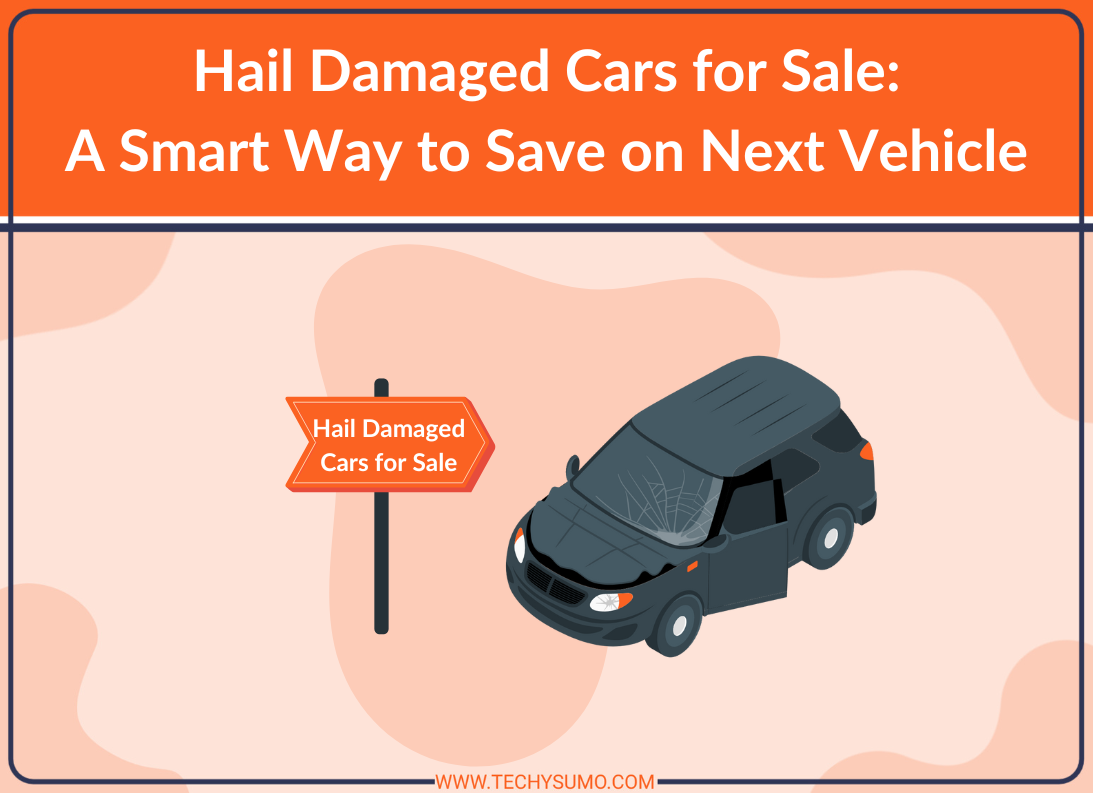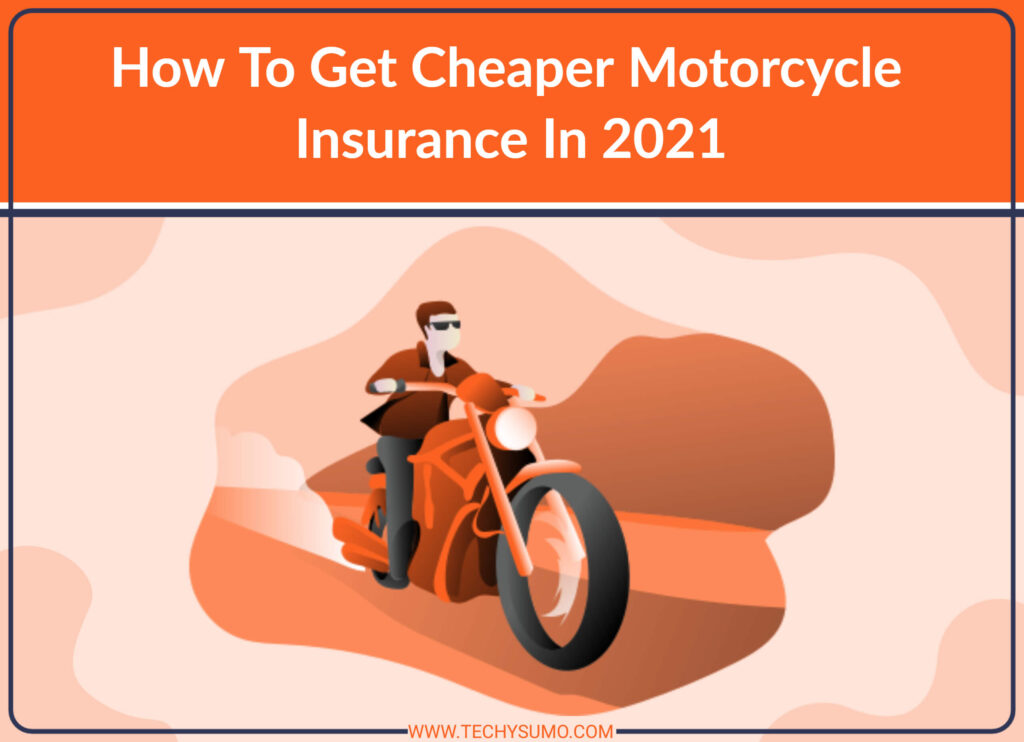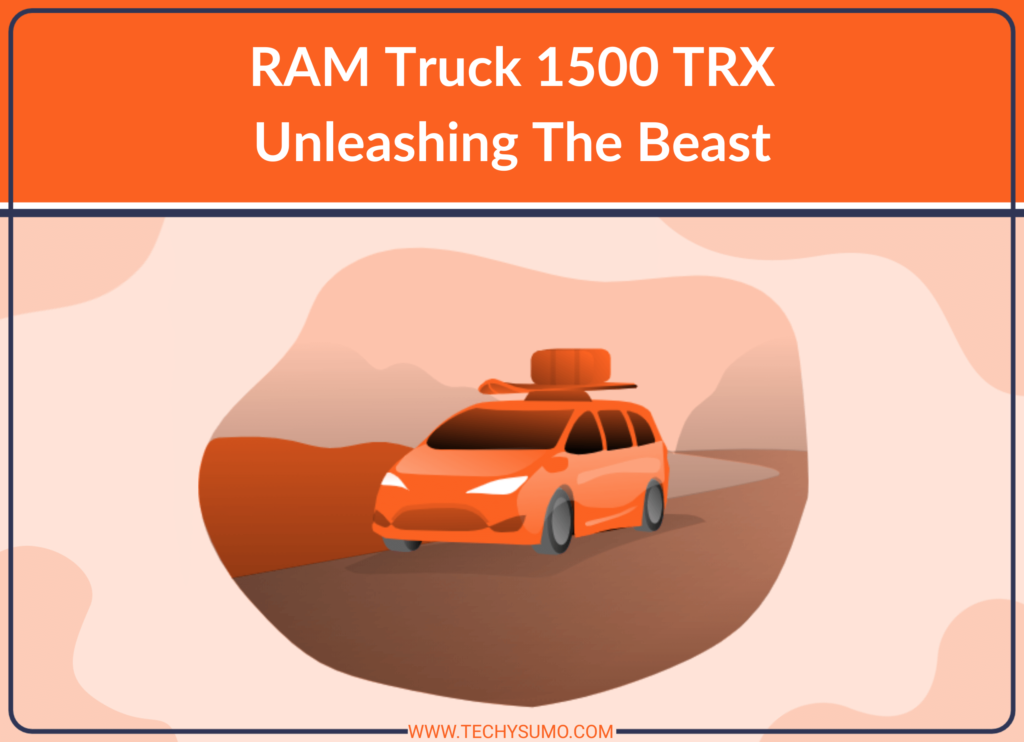If you’re in the market for a used car but want to avoid sky-high dealership prices, consider a hail damage car for sale. These vehicles often look rough on the outside but are mechanically sound — making them one of the best-kept secrets in the used car market.
Hail damage doesn’t affect how a vehicle drives, and if you can live with a few dents or are willing to make cosmetic repairs, you could save thousands. In this blog, we’ll break down everything you need to know about buying a hail-damaged car — from where to find one to how to evaluate whether it’s a smart buy.
Table of Contents
- What Is a Hail Damage Car?
- Why Consider Buying a Hail-Damaged Car?
- Where to Find Hail Damaged Cars for Sale
- What to Look for Before You Buy
- Best Types of Hail-Damaged Cars to Buy
- Who Should Consider Buying One?
- Tips for Buying a Hail-Damaged Car
- Can You Register and Insure a Hail-Damaged Car?
- Final Thoughts
What Is a Hail Damage Car?
A hail damage car is a vehicle that has been caught in a hailstorm and suffered dents, dings, cracked windshields, or even broken lights and mirrors. Depending on the severity of the storm, the damage could range from a few small imperfections to significant exterior deformation.
Insurance companies often declare these vehicles total losses, not because they are unsafe or inoperable, but because the cost of cosmetic repairs exceeds the car’s market value. That’s why many of these cars end up at salvage auctions or are sold as-is by dealerships or private owners.
Why Consider Buying a Hail-Damaged Car?
1. Lower Purchase Price
One of the most attractive benefits of buying a hail-damaged car is the price. These vehicles typically sell for 30–60% less than undamaged equivalents. The more extensive the visual damage, the bigger the discount.
Also Read
2. Mechanically Sound
Most hail damage is purely cosmetic. Unlike collision or flood-damaged cars, the drivetrain, suspension, and electronics often remain completely unaffected. If you’re more concerned about reliability than looks, this can be a perfect opportunity.
3. DIY-Friendly Repairs
If you’re handy with tools, small dents can be removed using paintless dent repair (PDR) techniques or affordable repair kits. In some cases, you can replace damaged panels or components yourself, reducing repair costs dramatically.
4. Ideal for Certain Buyers
First-time car owners, students, or those who need a reliable commuter car can get more vehicle for less money. If you’re not entering car shows anytime soon, a few dings won’t matter.
5. Retains Value if Maintained
While the resale value may be slightly lower, hail-damaged vehicles that are maintained properly and documented with regular servicing can still command decent prices on the used car market.
Where to Find Hail Damaged Cars for Sale
● Online salvage car auctions (e.g., Copart, IAAI, AutoBidMaster)
● Insurance resale platforms
● Used car dealerships selling as-is units
● Private sellers listing on Facebook Marketplace, Craigslist, or eBay
● Fleet liquidation sales after storm seasons
Use keywords like “hail damaged car for sale,” “cosmetic damage,” or “salvage hail title” to filter your search.
What to Look for Before You Buy
1. Extent of the Damage
Walk around the vehicle and check how many panels are affected. Are the hood, roof, and trunk covered in dents? Are the windows or lights cracked? Are there any signs of paint chipping or rust beginning to form?
2. Title Type
Some hail-damaged vehicles have salvage titles, while others retain clean titles but are sold at a discount. Title status affects registration, insurance, and resale value. Always confirm before purchasing.
3. Cost of Repairs
If you’re not planning to leave the damage as-is, get an estimate from a body shop. Cosmetic repair costs can vary widely based on labor rates and local demand.
4. Mechanical Condition
Don’t let low price distract you from checking the engine, brakes, tires, battery, air conditioning, and electronics. Always test drive and, if possible, get a pre-purchase inspection.
5. Insurance Implications
Not all insurance companies treat hail-damaged vehicles the same way. Check what coverage options are available — and whether comprehensive or collision policies are still possible.
Best Types of Hail-Damaged Cars to Buy
● Economy Sedans: Reliable models like the Honda Civic, Toyota Corolla, and Hyundai Elantra are great candidates due to low maintenance costs and strong parts availability.
● Fleet Vehicles: Cars that were well-maintained by businesses or rental agencies often show up at auction after hailstorms.
● Pickup Trucks and SUVs: Perfect for utility-focused buyers who care more about function than finish.
● Low-Mileage Vehicles: High mechanical value despite cosmetic flaws — especially good for long-term use.
Who Should Consider Buying One?
● Budget Buyers: Anyone looking to save big on a mechanically sound car.
● DIYers and Hobbyists: If you enjoy vehicle projects and can repair small damage, these cars are goldmines.
● New Drivers and Students: Great for people who just need basic, dependable transportation.
● Used Car Flippers: Purchase low, repair the major dents, and flip for profit.
● Small Business Owners: Save money on fleet expansion for delivery, sales, or service needs.
Tips for Buying a Hail-Damaged Car
- Inspect in Good Light: Hail damage is easiest to see in direct sunlight. View from multiple angles and run your hand over panels to catch dents.
- Ask for a Vehicle History Report: Ensure the car wasn’t involved in a major accident, flood, or theft event.
- Talk to Your Insurer First: Some companies limit coverage or payouts on pre-damaged vehicles. Know your options before buying.
- Understand Resale Value: You’ll likely sell the car for less later, so factor this into your total ownership cost.
- Buy Below Market Price: Don’t accept a small discount for heavy damage. Negotiate aggressively and walk away if the numbers don’t work.
Can You Register and Insure a Hail-Damaged Car?
Yes. If the car has a clean title, registration and insurance typically follow the same process as any used vehicle.
If the car has a salvage title, you’ll need to complete required repairs and pass a state inspection to receive a rebuilt title. Once that’s done:
● Liability coverage is generally available
● Full coverage may be more expensive or limited
● Some insurers may require photos or repair documentation before issuing coverage
Final Thoughts
A hail damaged car for sale can be an incredibly smart buy — especially if you value function over flawless appearance. With the right research, a willingness to accept (or fix) cosmetic issues, and a realistic budget, you could save thousands on a car that runs just as well as one from a showroom.
Dents fade into the background when your car gets you from A to B without draining your bank account. For savvy buyers, a few dimples might just be the best deal on four wheels.






